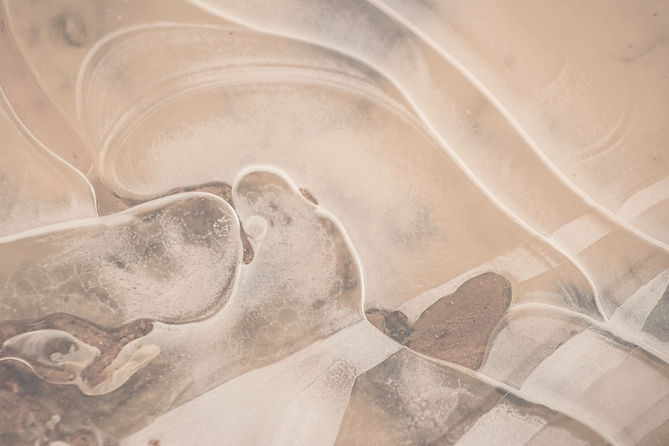
Laminar flow experiment
Liquid ad paint always gets mixed, of course! But not always. This experiment explains the laminar flow and the turbulent flow.
Materials needed: Glycerin
4 Beakers
Paper clip
3 different coloured paints
Plastic bottle
Gahyeon Park

01
Add glycerin into the beaker.
Add enough amount of glycerin into the beaker and fix the plastic bottle in the center using the paper clip to prevent the bottle moving.
(As we didn't have any paper clips we just managed to hold the bottle by ourselves.)
02
Add the 3 different paint into the glycerin.
Before dropping a drop of paints into the glycerin, mix each paint with glycerin before. Use a dropper to drop paints. (!All 3 paints should not be mixed with eachother)


03
Now rotate it
When you rotate it you will observe the paints getting mixed together. Now you rotate it other side again, and you will see the paints coming back to their places.
Science behind it
Viscosity?
Resistance of a fluid to a change in shape or movement of neighbouring portions relative to one another.
Liquids like glycerin has very high viscosity, so they are sticky. If a liquid has high viscosity, the fluids are well attatched to each other and flow in layers and therefore diffusion doesnt take place. This is called a laminar flow.
However in the other hand, water has very low viscosity so the paints will diffuse. When a liquid diffuses without any pattern this is called a turbulent flow.
